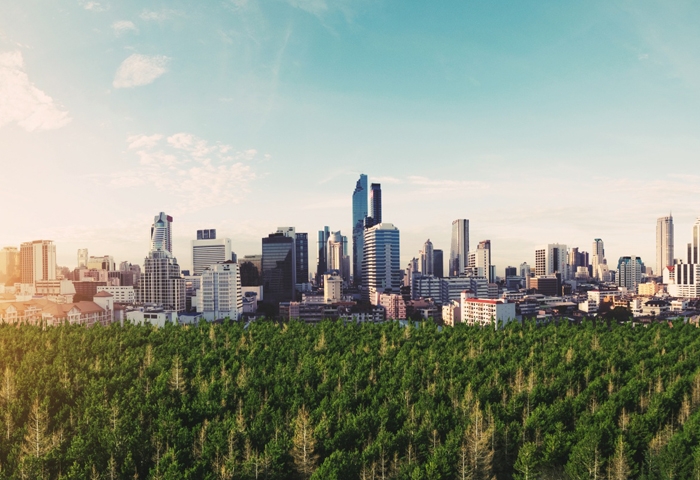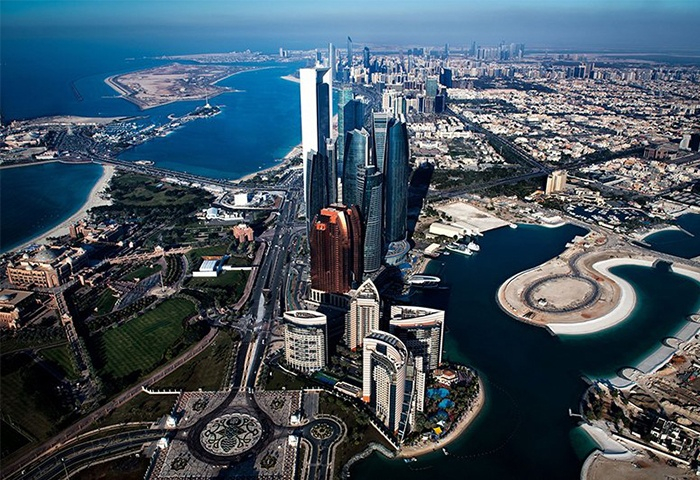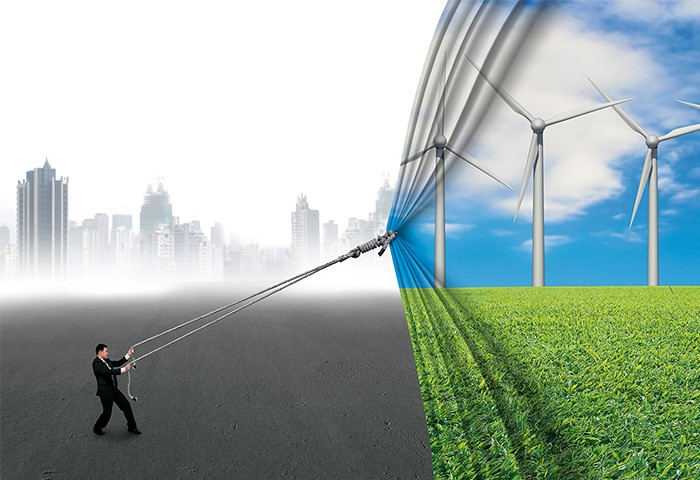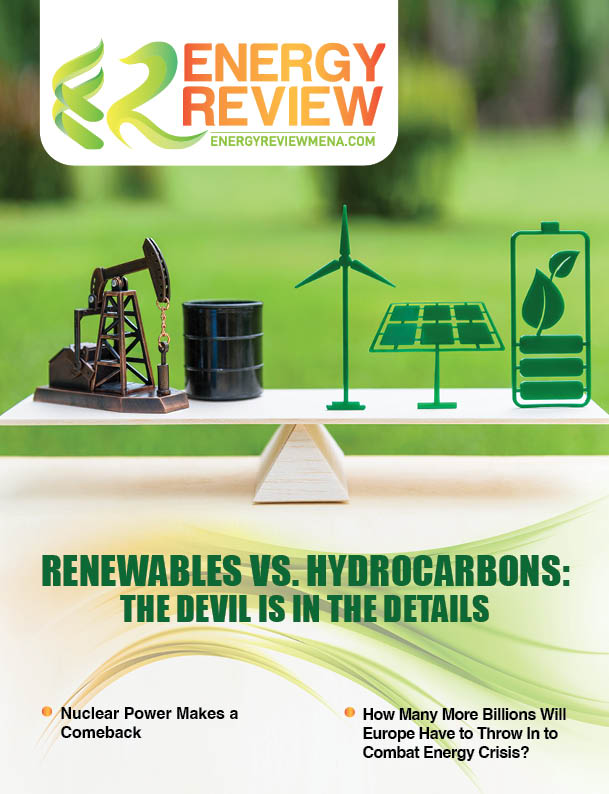Ecosystems are vital in diminishing the challenges posed by natural hazards and climate change. An ecosystem-based approach could ensure better emergency responses, post-disaster recovery, reconstruction and disaster preparedness.
Extreme weather conditions such as flash floods, cyclones and droughts cause issues such as food insecurity and migration.
The UN found that out of the 1,000 most disastrous natural events that took place since 1990, water-related disasters account for around 90 per cent.
In fact, the UN development Program found that by 2030, 200 million people could be displaced due to such issues while 100 million could potentially fall into extreme poverty.
The Partnership for Environment and Disaster Risk Reduction, which the UN Environment is a co-founder of, consists of 24 organizations globally and it works towards disaster risk reduction through ecosystem-based solutions.
This alliance has called for more investments in green infrastructure which help restore and protect ecosystems such as lakes, peat lands and swamps in an effort to reduce the consequences of water-related natural disasters.
UN Environment recently unveiled its geospatial tool, Opportunity Mapping, which would help its member states to pinpoint areas that are in need of large-scale ecosystem restoration and protection initiatives.
They have also called for increased investments in resilient infrastructure which includes forests and meadows (green infrastructure), swamps, lakes and peat lands (blue infrastructure), as well as dykes and seawalls (grey infrastructure).
Un Environment’s acting executive director, Joyce Msuya, said, “Seventy per cent of the world we imagine in 2050 is yet to be built. We have a tremendous opportunity to build infrastructure that goes hand in hand with protecting nature.”
She added, “When we achieve this balance, we will reduce the risk of disasters and increase the resilience of communities.”









